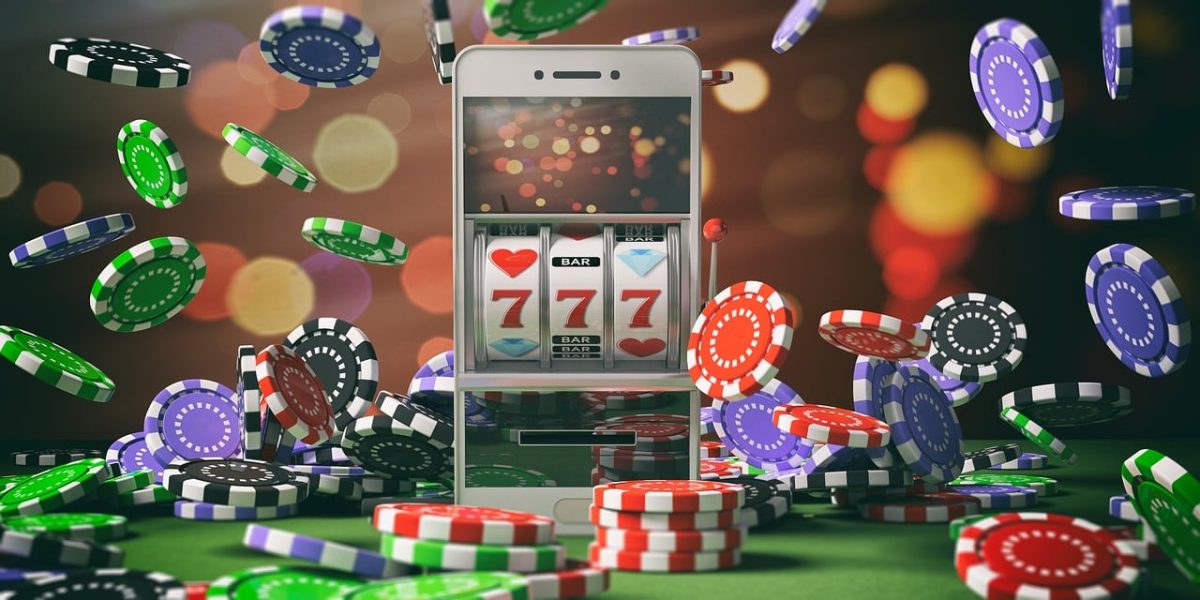Fitness
The best smartwatches you can buy right now

How do smartwatches work?
Just like your smartphone, a smartwatch is a tiny computer that runs apps, allowing you to check the emails and messages that arrive on your phone without getting it out of your bag or pocket. They can store and play music from streaming platforms including Spotify, Amazon Music, Tidal or Apple Music, and feature a voice assistant (to provide you with weather forecasts, set reminders, timers and more).
Most smartwatches these days are not designed to work without a smartphone, so they’ll need to connect to your handset via Bluetooth.
These wearables are also made for health and fitness, offering several advanced features. They come with sensors to measure movement and vibration, so they know whether you’re standing, sitting still, walking or working out.
Combine this with an included heart rate monitor and your relevant information (like height, weight and age), and then the watch will work out your step count and calorie burn each day, helping you to hit your goals and motivating you along the way.
Is it worth getting a smartwatch?
We think so. Of course, it’s an entirely different experience when compared to wearing a traditional wristwatch and you have to get used to charging the device quite often. But you’ll find that many people who use a smartwatch soon find it invaluable.
It’s convenient to get alerts about calls, messages, emails or app notifications (for example, alerts of motion detected by your wifi security camera) straight to your wrist, so you’ll never miss anything and will spend far less time looking at your phone.
When it comes to exercise, the step counter and distance monitor may be accurate but the calorie burn is only an estimate, as it relies on more factors than a smartwatch can track. We suggest you use it as a guide but not an exact record.
If you’re a target-driven person, you may find the challenge of reaching a certain distance, step count or calorie burn goal every day motivates you. And, if you like a little friendly competition, many smartwatches allow you to compete in challenges with friends (or strangers) using devices from the same brand.
How to buy the best smartwatch
Buying a smartwatch can be complicated, and there are several different things to consider before you decide which one to go for – we’ve rounded the key factors below:
Operating system
As your smartwatch is a companion to your phone, you’ll need to think about the operating system. We recommend an Apple Watch to iPhone users, as they work best together, but it’s worth noting that you can’t use Apple’s wearables with Android phones.
You’ll also get the best experience from an Android device with Google’s Wear OS. The operating system also determines which third-party apps you can add to your watch. There are some watches that use an operating system from the manufacturer (like Fitbit’s “Fitbit OS” and Garmin’s “Garmin OS”), although these don’t get as wide of a variety of extra apps.
Display
One reason that the display size matters so much is that we all have different-sized wrists. You may prefer a slightly smaller screen if you feel that will fit better around your wrist.
After all, wearing the watch should be comfortable. You’ll see that some displays are circular and others are squared-off, and you may prefer one style or the other.
All smartwatches offer a wide selection of different watch faces within their companion apps to display the time in different ways, ideal whether you prefer a traditional dial, an easy-to-read digital approach, or the ability to switch between them.
Fitness tracking
The extent of fitness tracking varies between smartwatches. Most allow you to record exercise sessions such as walking and running (both indoors and outdoors), while some can log up to 100 different types of exercise and track several different health metrics. All the smartwatches on this list have a built-in heart rate monitor too, so you can also track beats per minute (bpm).
Waterproofing and swim tracking
Sweat-proofing and waterproofing are standard on most smartwatches, so they can be worn in the bath, in the shower and while swimming. Some can monitor your swim session, both in the pool and in open water.
GPS
Some smartwatches come with built-in GPS, rather than relying on your smartphone. With this, you can leave your phone behind when running or walking and still track the route you’ve covered. It also helps with getting directions from your watch.
Sleep tracking
Most smartwatches have this feature built-in as standard. However, the depth of information can be varied. Some just provide a total for the number of hours you sleep, while others break this down into heavy, light and rapid eye movement (REM) sleep.
Battery life
How long your watch lasts between charges is crucial, especially if you need to find some time to recharge it and it’s designed for overnight wear to track your sleep.
Some offer “all-day” battery life, which will mean they need a refuel each morning or overnight (which stops you from using sleep tracking and vibrating alarms), while others will last for several days and up to more than a week without needing juice, depending on how you use it.
Smartwatches are often equipped with fast charging, too – if you think you’ll need to recharge on the go, we recommend owning a power bank.
Contactless payments
Many smartwatches can be used to make contactless payments by hovering the watch’s face over a contactless reader.
Apple Pay and Google Pay are the most widely supported mobile payment services, but Samsung, Garmin and Fitbit all have their own offerings. Not all UK banks support all mobile payment services, though.
Price
There’s a real range of prices in the smartwatch world. You can find super cheap options that go for under £100, mid-range models will tend to cost around £200, while premium models like the flagship Apple Watch Series 8 cost around £400.
With customisations like different materials or straps, the price increases, and there are smartwatch models designed for extra robustness or specific activities that will be pricey. When you start to look at dedicated watches to survive harsh conditions, you’ll see the price go up to £800 or more.










